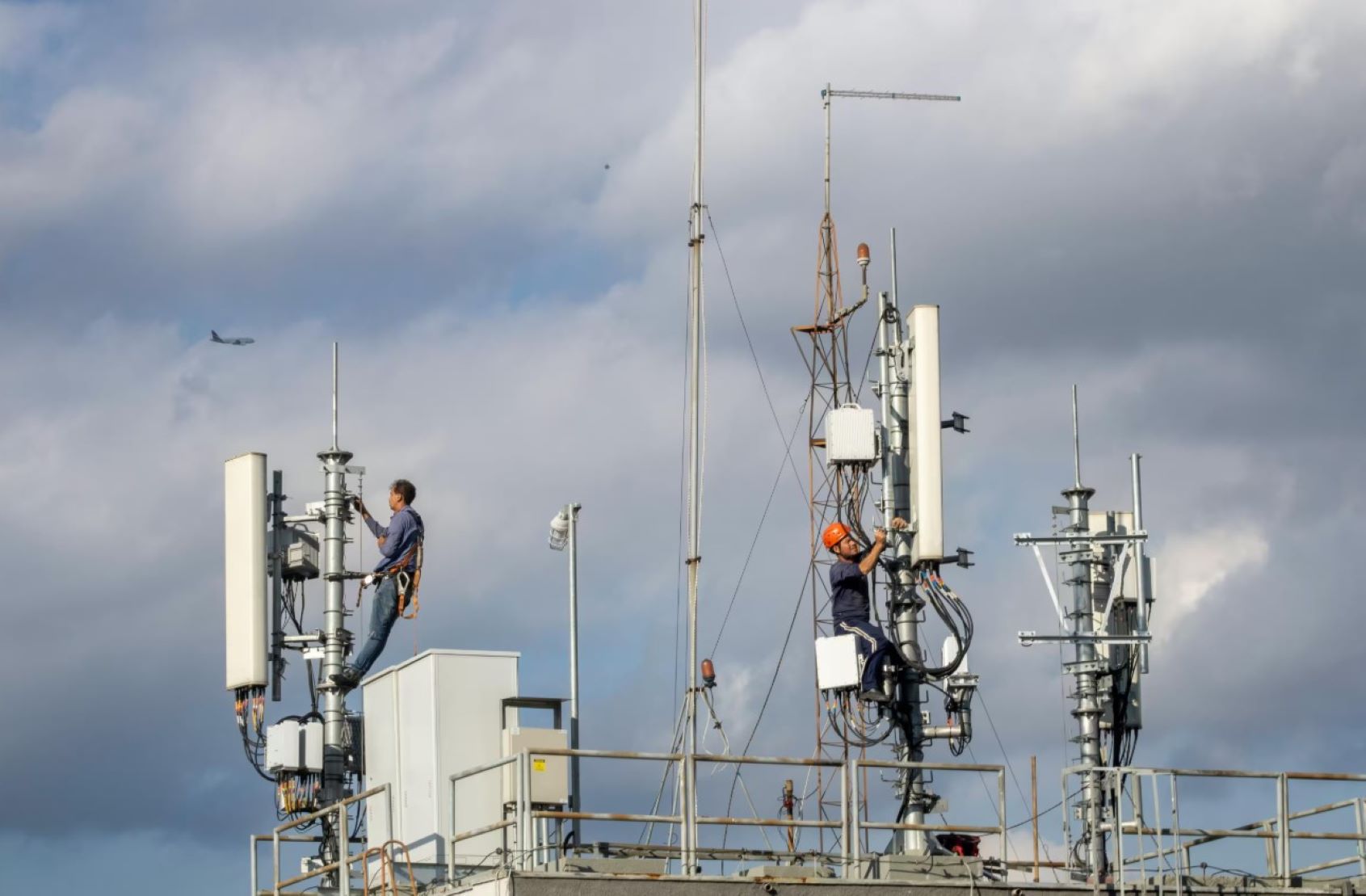India’s broadband landscape continued its upward trajectory through the fiscal year 2024-25, with the addition of 2.05 crore new users. By March 2025, the total number of broadband connections stood at an impressive 94.41 crore, translating to a modest but meaningful annual growth rate of 2.17 percent.
The Telecom Regulatory Authority of India (TRAI) released its “Indian Telecom Services – Yearly Performance Indicators Report” for 2024-25 on Tuesday, which paints a broader picture of growing digital adoption, spurred by widespread mobile broadband access and increasingly affordable data plans.
Key Highlights:
- Broadband users rose by 2.05 crore, reaching 94.41 crore.
- India’s total internet subscriber base hit 96.91 crore: broadband accounted for 94.41 crore, while narrowband dropped to 2.49 crore.
- Wireless data consumption increased by 17.46% to 2,28,779 PB.
- Wireless data revenue climbed 15.49% to Rs 2.15 lakh crore.
- Average Revenue Per User (ARPU) for wireless services surged 16.89% to Rs 174.46/month.
- Overall teledensity declined slightly to 85.04%.
The report indicates that broadband subscribers now form the bulk of India’s internet base, while narrowband subscriptions continue to shrink. In fact, narrowband connections fell by 17.66%, settling at 2.49 crore. This steady decline underscores a clear user shift toward high-speed internet options.
Interestingly, despite the fairly stable overall growth in subscriber numbers, telecom companies are seeing stronger returns from existing users. While the total number of telephone subscribers in India edged up just 0.13%, reaching 120.08 crore from 119.92 crore the year before, there was more movement beneath the surface. Wireless subscribers saw a slight dip of 0.15%, losing around 1.74 million users, but this was somewhat offset by a notable 9.62% rise in wireline connections, now at 3.70 crore.
Perhaps more telling than subscriber growth is how people are using their connections. The ARPU for wireless services jumped from Rs 149.25 in FY24 to Rs 174.46 in FY25. That’s a solid 16.89% rise, reflecting increased user engagement. Prepaid ARPU grew noticeably, though postpaid ARPU actually saw a small drop—an interesting divergence worth keeping an eye on.
In terms of usage, the average subscriber clocked about 1,000 minutes of call time per month, a 3.91% increase from last year. Prepaid users led this trend, suggesting a broader reliance on mobile communication in everyday routines.
On the data consumption front, things look even more dynamic. India gained 2.62 crore new wireless data users, pushing the total from 91.33 crore to 93.95 crore—a 2.87% rise. Meanwhile, total wireless data usage jumped by 17.46% year-on-year to a staggering 2,28,779 petabytes (PB). Naturally, this surge brought with it higher revenues as well, with wireless data revenue growing by 15.49% to Rs 2.15 lakh crore.
That said, not every metric trended upward. Teledensity—a key indicator of telecom penetration per 100 people—dropped slightly from 85.69% to 85.04%. Both rural and urban teledensity saw marginal declines, despite small upticks in subscription numbers. Interestingly, rural connections made up a slightly larger share of the total base, nudging up from 44.52% to 44.53%.
From a policy perspective, government-led initiatives are continuing to shape the broadband landscape. The National Broadband Mission (NBM) and the BharatNet project remain central to these efforts. The second phase of the NBM, launched on April 1, 2025, builds upon earlier targets to deliver high-speed connectivity, especially in underserved rural areas. BharatNet, often cited as one of the largest rural broadband rollouts globally, has now linked over 2.18 lakh gram panchayats through optical fibre. Under Phase 3, the plan is to connect an additional 1.5 crore rural households with subsidized broadband.
So, while subscriber growth may be slowing slightly, the bigger story seems to be a shift in how Indians are using the internet—more data, longer calls, and a growing contribution to telecom revenue. This evolution suggests a telecom sector that’s not just expanding but maturing, in ways that could have broader economic implications.
FAQs about India’s Broadband Growth:
Q1: What is TRAI?
A1: TRAI stands for the Telecom Regulatory Authority of India. It’s the government body that oversees telecom services across the country, from pricing to quality standards and consumer rights.
Q2: What is the difference between broadband and narrowband?
A2: Broadband typically refers to high-speed internet, delivered via fiber optics, DSL, cable, or wireless technologies like 4G and 5G. Narrowband, by contrast, involves much slower speeds and is more often linked to outdated dial-up connections.
Q3: How does increased broadband usage impact India’s economy?
A3: Greater broadband adoption boosts digital services, fuels e-commerce, enables remote work, and improves access to education and healthcare. There’s also evidence to suggest a link between higher broadband penetration and GDP growth.
Q4: What is ARPU and why is it important?
A4: ARPU, or Average Revenue Per User, is a financial metric used by telecom companies. It helps track how much revenue is being generated per subscriber each month. A rising ARPU usually indicates healthier financial performance and greater service usage.
Q5: What are the government’s key initiatives to boost broadband access in India?
A5: Key programs include the National Broadband Mission (NBM) and BharatNet. While NBM aims to ensure high-speed internet for everyone, BharatNet is focused on connecting rural communities via optical fibre to bridge the digital divide.



















